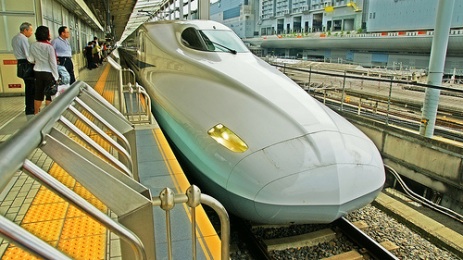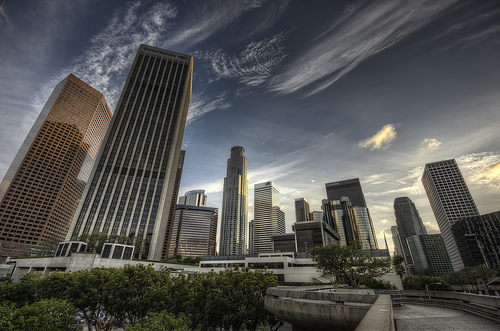It’s that time of year, when the United States Environmental Protection Agency releases its list of the top 10 American cities [PDF] with the most energy efficient buildings.
In this case, that means commercial buildings that have earned an Energy Star rating that signifies they consume 35 percent less energy and release 35 percent less carbon dioxide into the atmosphere than average buildings.
For the third year running, Los Angeles, generally not considered a paragon of restraint, snagged the No. 1 spot in 2010 with 510 Energy Star buildings, up from 293 buildings in the previous year. That 75 percent rise was mirrored nationwide as more than 6,200 commercial buildings earned Energy Star ratings last year, a 60 percent spike from 2009.
“Through their partnership with Energy Star, metropolitan areas across the U.S. are saving a combined $1.9 billion in energy costs every year while developing new ways to shrink energy bills and keep our air clean,” EPA administrator Lisa P. Jackson said in a statement.
Other cities in the top 10 generally would not make most people’s green list: Atlanta (No. 6), Houston (No. 7), Detroit (No 9) and Dallas-Fort Worth (No. 10).
New York City jumped from the No. 10 position in 2009 to No. 5 in 2010 thanks to a 134 percent increase in its portfolio of Energy Star buildings, to 211.
Washington, D.C., retained second place in 2010 and San Francisco came in third, as it did the previous year.
California, not surprisingly, was the state with the most cities on the list. (Besides L.A. and San Francisco, there was Sacramento, which came in at No. 8.)
With various federal stimulus grants expiring and most states mired in budget crises, it will be interesting to see if the rapid rise in energy efficient buildings continues in the years to come.
But the diversity of the cities in the top 10 just goes to show that when it comes to energy efficiency and saving money, there are no red states and blue states, just green states.




